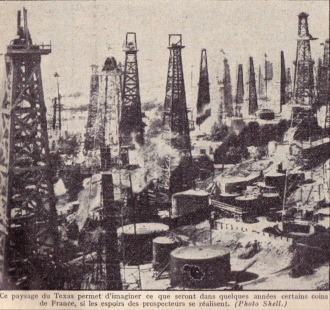 Reading almanacs can be enlighting. Surprinsgly, matters of today echo back to yesterday. Some concerns sprouted up in the past and are still worrying us now. “Will we still have oil in 2000?” This is the question that came up in a headline of the 1956 French Hachette Almanac.
Reading almanacs can be enlighting. Surprinsgly, matters of today echo back to yesterday. Some concerns sprouted up in the past and are still worrying us now. “Will we still have oil in 2000?” This is the question that came up in a headline of the 1956 French Hachette Almanac.
In the 50s and the 60s, the environment was not a major concern. As today, man wanted to exploit resources. Man’s greed had no limit and after all, we probably thought there would always be plenty and more. Labeled as the golden age, the 50s era was filled with illusions, rock ‘n’ roll and unwavering faith in technological progress. Yet in 1956, oil stocks roughly came to 20 billion tons. Given the increasing consumption, stocks should be exhausted in less than 30 years, the article pointed.
According to the World Energy Resources Program of the US Geological Survey, it would take now less than 50 years to run out of oil. Of course, no one can really be sure of the remaining years and estimations vary from one organization to another. Besides, some factors have to be taken into account, such as coal by-products, recycling materials or unexploited reserves located in Alaska’s wildlife sanctuaries, for instance. Let us hope that nature will have the last word.
In 1956, the US knew that oil stocks were constantly decreasing and decided to import black gold from the Middle East. At that time, it was believed that oil resources would last for 12 years, no more. “In the best case scenario, we certainly have oil for over 30 years, maybe 40 … but probably not 50”, says the author.
Some believed that nuclear energy would be the ultimate solution. They thought that cars would be powered by uranium…

 Since meteorological facilities are installed on floating ice floes in the Arctic Ocean, Russians and Americans have recorded significant rising temperatures in the North Pole. The same phenomenon was observed in Antarctica. In the 50s, the Arctic ice caps had a retreat of 150 meters per year, while in Siberia, melting ice was revealing mammoth carcasses.
Since meteorological facilities are installed on floating ice floes in the Arctic Ocean, Russians and Americans have recorded significant rising temperatures in the North Pole. The same phenomenon was observed in Antarctica. In the 50s, the Arctic ice caps had a retreat of 150 meters per year, while in Siberia, melting ice was revealing mammoth carcasses. Scientists such as
Scientists such as 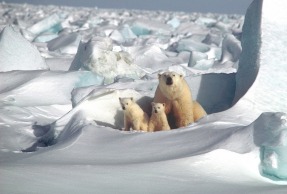 Therefore, Russians and Americans will set new stations in Arctic areas, the journalist concludes. Since 1930, 5 million Russians have been colonizing the area. Northern Lights and the melting of the ice caps are to be studied in the years 1957 and 1958.
Therefore, Russians and Americans will set new stations in Arctic areas, the journalist concludes. Since 1930, 5 million Russians have been colonizing the area. Northern Lights and the melting of the ice caps are to be studied in the years 1957 and 1958.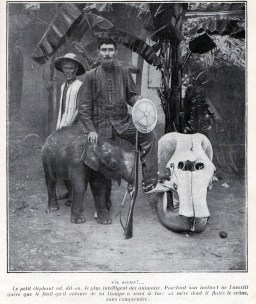 Mahatma Gandhi said that the greatness of a civilization is measured by the way we treat animals. The quote is still topical, even if the images presented here, are from 1906 French magazine
Mahatma Gandhi said that the greatness of a civilization is measured by the way we treat animals. The quote is still topical, even if the images presented here, are from 1906 French magazine 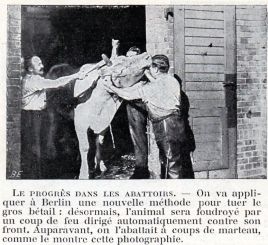
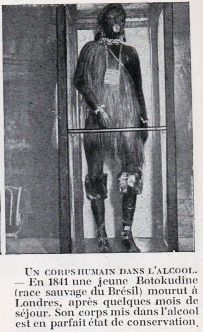 He sniffs the head, not understanding.” The cynicism of the author of these lines was probably less important than his ignorance.
He sniffs the head, not understanding.” The cynicism of the author of these lines was probably less important than his ignorance.